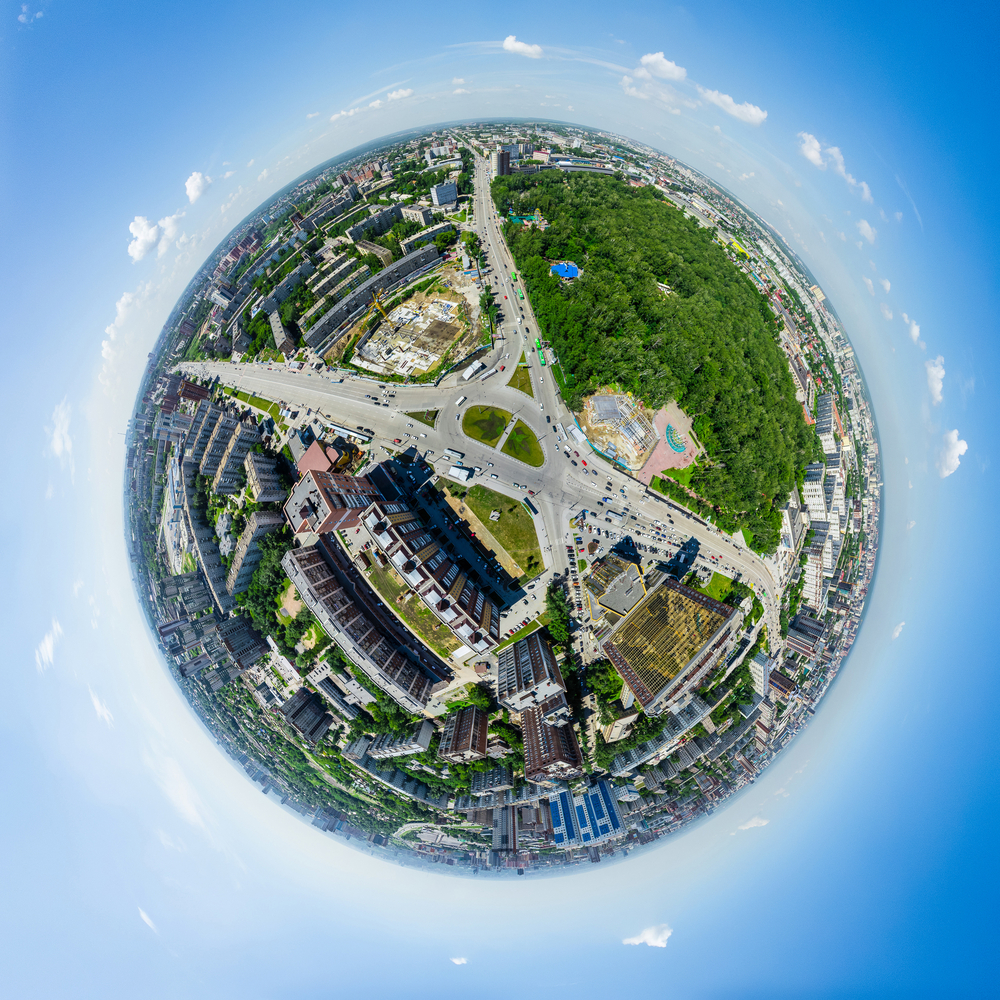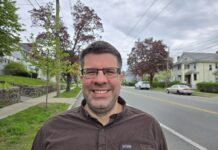Researchers have discovered a strong link between living near greenspace and a decrease in antidepressant prescription refills, highlighting the importance of nature in urban planning.
The study, led by Cecilia U. D. Stenfors of Stockholm University, examined data from over 100,000 individuals in Sweden. It found that those living within 500 meters of greenspace were less likely to refill existing antidepressant prescriptions, while those within 50 meters were less likely to need new prescriptions.
“Having higher levels of greenspace within 50–500 m buffer zones of the home, was associated with lower levels of prevalent antidepressant medication redemptions, after controlling for individual and neighborhood characteristics,” the researchers explain. “However, only greenspace in the closest residential surrounding, in the 50 m buffer zone, was associated with lower incident antidepressant redemption in the fully adjusted model.”
The findings underscore the potential of integrating greenspace into urban environments to foster better mental health outcomes and reduce reliance on pharmaceuticals. The authors emphasize the need for policies that protect and enhance urban greenspaces, aligning with global sustainability goals and promoting both human and planetary health.
 The goal of the current work was to examine the link between greenspace around residential areas and antidepressant prescriptions. To achieve this goal, the authors used participants from the Swedish Work Environment Study (SWES), a representative survey of the Swedish workforce conducted every two years. The current research included SWES respondents from 1989 – 2013 who were still residing in Sweden from 2013 – 2016 (108,716 people totaling 324,378 observations).
The goal of the current work was to examine the link between greenspace around residential areas and antidepressant prescriptions. To achieve this goal, the authors used participants from the Swedish Work Environment Study (SWES), a representative survey of the Swedish workforce conducted every two years. The current research included SWES respondents from 1989 – 2013 who were still residing in Sweden from 2013 – 2016 (108,716 people totaling 324,378 observations).
Satellite imagery and geographic information systems were used to evaluate greenspace cover in residential areas. This included both public and private greenspace. Greenspace land cover was evaluated at 50m, 100m, 300m, and 500m from participants’ residences. The authors note that participants are much more likely to be exposed to greenspace within 100m of their residence. At distances greater than 100m there is greater uncertainty around participant exposure.
Antidepressant prescription redemption was measured using the Swedish National Prescribed Drug Register. The authors used a dichotomous measure for antidepressant prescription redemption for each year of the study, meaning participants were marked as either filling an antidepressant prescription during the year or not.
The authors also collected demographic data for their participants using the national Swedish administrative registers. This data included participant age, sex, annual income, education level, work status, and family situation. Researchers determined neighborhood-level socioeconomic status by averaging the incomes of households within 500m of the participant’s residence. The type of residence (metropolitan, medium city, or small city area) was evaluated based on classifications made by the Swedish Association of Local Authorities and Regions. Neighborhood safety (a vulnerable area or not) was determined based on Swedish Police Authority data.
The researchers then made three different evaluations of the link between greenspace around residential areas and antidepressant prescription redemption. The first model (M1) was completely unadjusted. The second model (M2) adjusted for age, gender, income, level of education, and work status. The third model (M3) adjusted for everything included in M2 as well as family status, mean annual neighborhood income, neighborhood safety, air pollution, and municipality type (metropolitan, medium city, or small city). The authors also evaluated antidepressant prescriptions in terms of prevalent (prescriptions that already existed) and incident (newly created prescriptions).
10.1% of observations in the current work included antidepressant redemptions. The majority of observations involved gainfully employed participants (72.4%) who were married or living with a partner (65.6%) and had no children living at home (61.3%).
Several variables were associated with lower rates of antidepressant prescription, including gainful employment, higher income, living in a higher-income neighborhood, being married or living with a partner, having children that lived at home, and being male.
Variables associated with less greenspace around participants’ residences included being single, being female, not living with children, having higher educational attainment, living in a metropolitan area, having higher rates of air pollution, and living in a vulnerable neighborhood in terms of safety.
Residential greenspace at all intervals measured in the current work (50m, 100m, 300m, and 500m) was associated with a reduced likelihood of prevalent antidepressant prescription redemptions, meaning living closer to greenspaces made refilling already prescribed antidepressants less likely. This was true in both the adjusted and unadjusted models. Prevalent antidepressant prescription redemption ranged from about 20% less likely (M1 unadjusted model, 50m) to 10% less likely (M3 fully adjusted model, 500m).
Residential greenspace at 50m, 100m, and 300m was associated with a reduced likelihood of incident (new) antidepressant prescriptions in the unadjusted model. Greenspace at 500m did not significantly affect incident antidepressant prescription redemptions in the same model. Incident antidepressant prescription redemption ranged from about 20% less likely (50m) to 15% less likely (300m) in the unadjusted model. In the fully adjusted model, only greenspace within 50m was associated with a reduced likelihood of incident antidepressant prescription redemptions (about 15% less likely).
The authors acknowledge several limitations to the current research. Antidepressant prescription redemption is likely not an accurate measure of depressive symptoms as many people with depressive symptoms do not seek care, do have have antidepressants prescribed, and/or do not redeem antidepressant prescriptions. People with better/worse mental health may be predisposed to living in certain areas. While the current research adjusted for neighborhood characteristics, it could not correct for the possibility of this kind of predisposition. The current work did not evaluate the presence of blue space (lakes and other bodies of water). As the study was conducted entirely in Sweden, generalizability to other populations is limited.
The authors conclude:
“The results highlight the need to integrate health-, environmental- and climate action-, and urban planning policies—all target areas in the UN Agenda 2030 sustainable development goals —and the importance of greenspace at this nexus of human and planetary health. Strengthened environmental protection legislation and consideration of the values of greenspace at different levels of decision-making is thus imperative, in order to counteract strong short-term economic drivers in urbanization and densification.”
Previous research has found that access to greenspace may protect against psychotic experiences. Research has also shown that access to greenspace likely improves both mental and physical health. Living in close proximity to greenspace as a child may be a protective factor for adult mental health. Increased access to greenspace may also improve community cohesion and reduce crime.
****
Stenfors, C. et. al. (2024). More green, less depressed: Residential greenspace is associated with lower antidepressant redemptions in a nationwide population-based study. Landscape and Urban Planning 249. (Link)















“The results highlight the need to integrate health-, environmental- and climate action-, and urban planning policies … and the importance of greenspace at this nexus of human and planetary health.”
Good thing that those of us who were planning commissioners decades ago – and were very literally successfully fighting greedy developers for decades – knew this long ago.
It’s sad this is considered “news” to the “mental health” community – who were calling those of us who were fighting for preservation of green spaces long ago, “w/o work, content, and talent” and “irrelevant to reality.”
Apparently because being a volunteer planning commissioner is unacceptable human behavior, to the seemingly greed only inspired “mental health” and medical industries. Despite the fact, my little village couldn’t afford to pay any of its planning commissioners … so our planning commission was filled with good people, who cared about our village, as actually should be the case.
Report comment